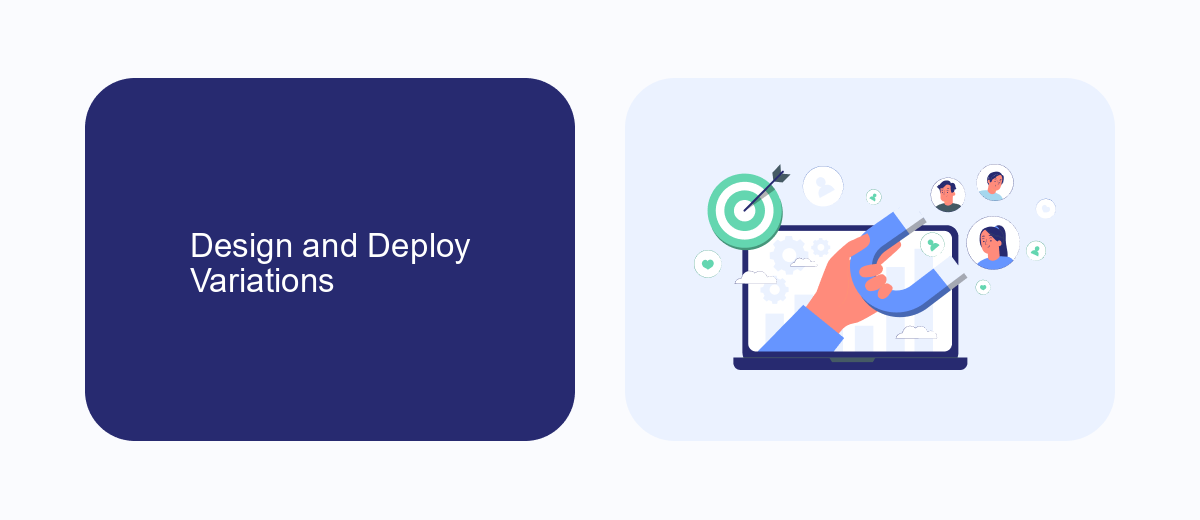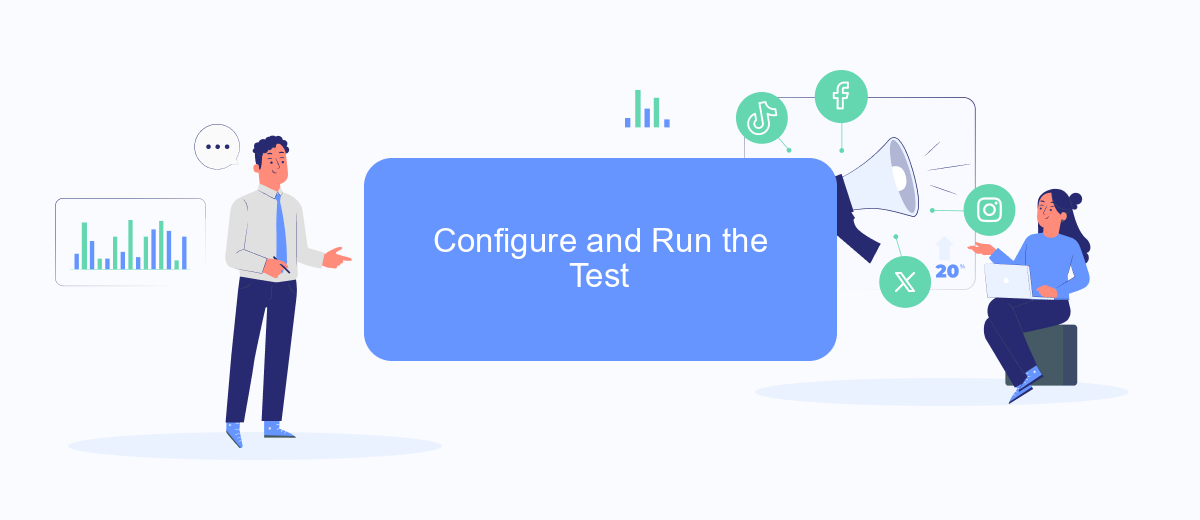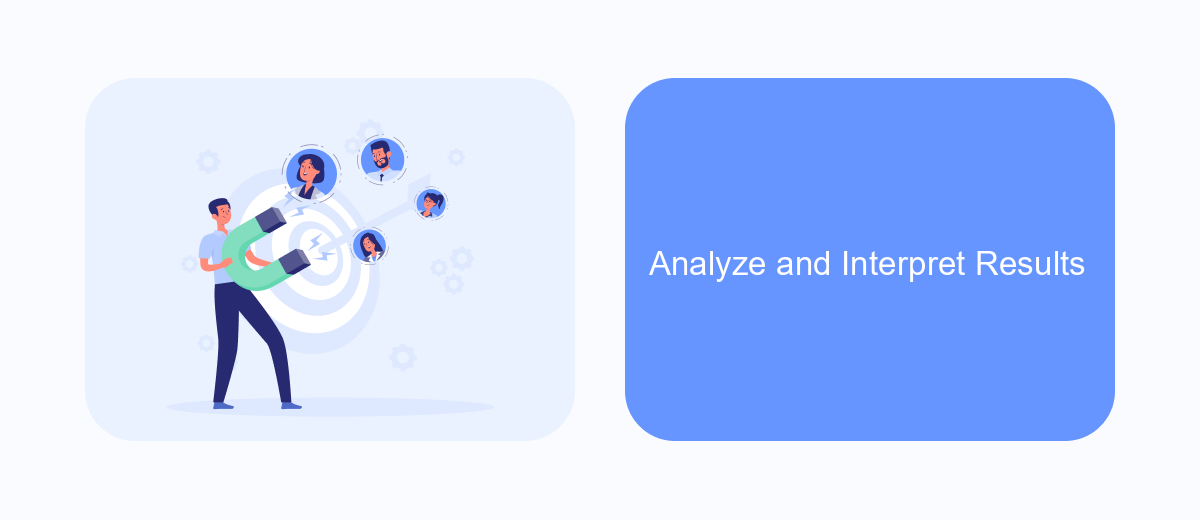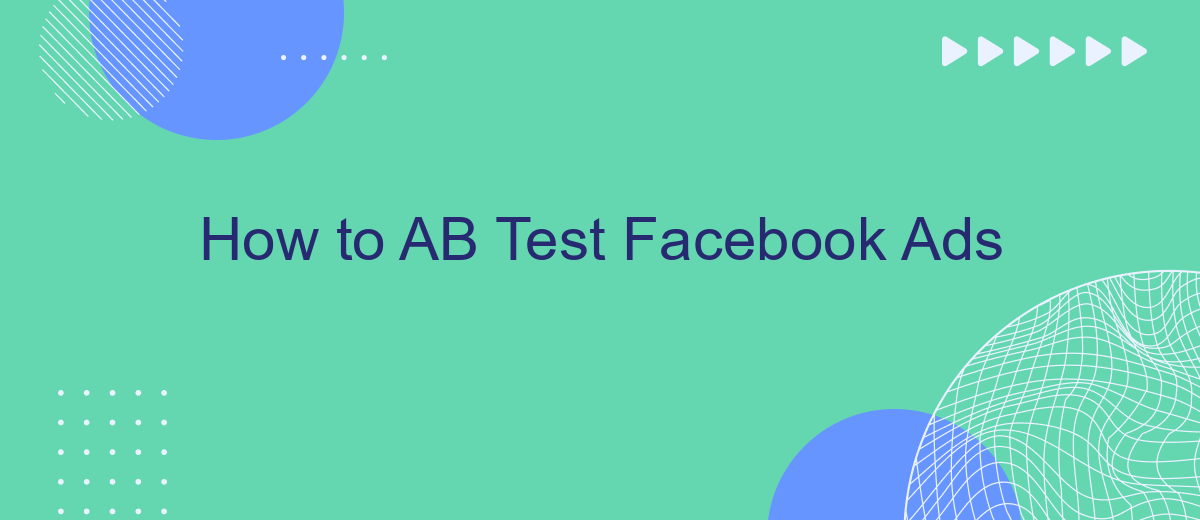A/B testing Facebook ads is a powerful strategy to optimize your advertising campaigns. By comparing two versions of an ad to see which performs better, you can make data-driven decisions that enhance engagement and conversion rates. This article will guide you through the essential steps for setting up and analyzing A/B tests, ensuring your ads achieve maximum impact.
Define Goals and Metrics
Before diving into A/B testing your Facebook ads, it’s crucial to define clear goals and metrics to measure success. Establishing these parameters helps you understand what works and what doesn’t, enabling you to make data-driven decisions and optimize your campaigns effectively.
- Identify Objectives: Determine what you want to achieve with your A/B test. This could be increasing click-through rates, improving conversion rates, or reducing cost per acquisition.
- Set Key Performance Indicators (KPIs): Choose the metrics that will help you measure success. Common KPIs include click-through rate (CTR), conversion rate, cost per click (CPC), and return on ad spend (ROAS).
- Use Tools for Tracking: Utilize tools like SaveMyLeads to integrate and streamline data collection from your Facebook ads, ensuring you have accurate and actionable insights.
By clearly defining your goals and metrics, you set a solid foundation for your A/B testing efforts. This structured approach allows you to systematically test different ad variations and make informed decisions to enhance your advertising strategy.
Design and Deploy Variations

To effectively design and deploy variations for your Facebook Ads A/B testing, start by identifying the key elements you want to test, such as headlines, images, ad copy, or call-to-action buttons. Use Facebook Ads Manager to create multiple ad sets, each containing a different variation of the element you are testing. Ensure that all other variables, such as target audience and budget, remain constant to accurately measure the performance of each variation. This approach helps isolate the impact of the specific changes you are testing.
Once your variations are designed, it's time to deploy them. Utilize integration services like SaveMyLeads to streamline the process. SaveMyLeads can automate the transfer of leads from your Facebook Ads to your CRM or email marketing platform, ensuring that you can quickly analyze the results of your A/B tests. By automating these workflows, you save time and reduce the risk of data entry errors, allowing you to focus on interpreting the test results and optimizing your ad campaigns based on the insights gained.
Configure and Run the Test

Configuring and running an AB test on Facebook Ads requires careful planning and execution. Start by defining your goals and identifying the key performance indicators (KPIs) you will measure. This ensures that your test results will be meaningful and actionable.
- Set up your Facebook Ads Manager account and create a new campaign.
- Choose the "A/B Test" option and select the variables you want to test, such as audience, ad creative, or placement.
- Use SaveMyLeads to integrate your Facebook Ads with other marketing tools, ensuring seamless data flow and accurate tracking.
- Configure your test settings, including the test duration and budget allocation for each variant.
- Launch your campaign and monitor its performance through the Facebook Ads Manager dashboard.
After the test concludes, analyze the results to determine which variant performed better against your KPIs. Use these insights to optimize your future campaigns. Remember, continuous testing and iteration are key to maximizing the effectiveness of your Facebook Ads.
Analyze and Interpret Results

Once your AB test has run for a sufficient period, it's crucial to analyze and interpret the results effectively. Start by comparing the key performance indicators (KPIs) you identified before the test, such as click-through rates (CTR), conversion rates, and return on ad spend (ROAS). This will help you determine which ad variant performed better.
Use statistical significance to ensure that the results are not due to random chance. Tools like Google Analytics and Facebook Ads Manager can provide you with the necessary data and insights. Additionally, integrating SaveMyLeads can streamline the process by automatically collecting and organizing your ad performance data for easier analysis.
- Compare KPIs: CTR, conversion rates, ROAS
- Check for statistical significance
- Use tools like Google Analytics and Facebook Ads Manager
- Integrate with SaveMyLeads for automated data collection
After analyzing the data, interpret the results to make informed decisions. Identify which ad variant is the winner and consider why it performed better. Use these insights to refine your future ad campaigns, ensuring continuous improvement and better ROI.
Optimize and Improve
After running your initial A/B tests on Facebook Ads, it's time to dive into the data and identify which variations performed best. Focus on key metrics such as click-through rates (CTR), conversion rates, and return on ad spend (ROAS). Use Facebook Ads Manager to analyze these metrics and determine which ad creatives, audiences, and placements are driving the most success. Once you've identified the top performers, allocate more budget to these winning variations to maximize your campaign's effectiveness.
To further optimize and improve your ad campaigns, consider integrating with external tools like SaveMyLeads. This service allows you to automate the process of capturing leads from your Facebook Ads and sending them directly to your CRM or email marketing platform. By streamlining your lead management process, you can ensure that no potential customer falls through the cracks, enabling you to focus on refining your ad strategies and improving overall campaign performance. Regularly review and adjust your campaigns based on the insights gained from these integrations to continuously enhance your results.
- Automate the work with leads from the Facebook advertising account
- Empower with integrations and instant transfer of leads
- Don't spend money on developers or integrators
- Save time by automating routine tasks
FAQ
How do I set up an A/B test for Facebook Ads?
What variables can I test in a Facebook Ads A/B test?
How long should an A/B test run on Facebook?
How do I analyze the results of my A/B test?
Can I automate and integrate my A/B testing process?
SaveMyLeads is a simple and effective service that will help you automate routine tasks and optimize business processes. Stop wasting time uploading leads from Facebook manually – you can do it automatically, saving a lot of time and money. Eliminate routine from workflows and achieve more with minimal investment of money, effort and human resources.

